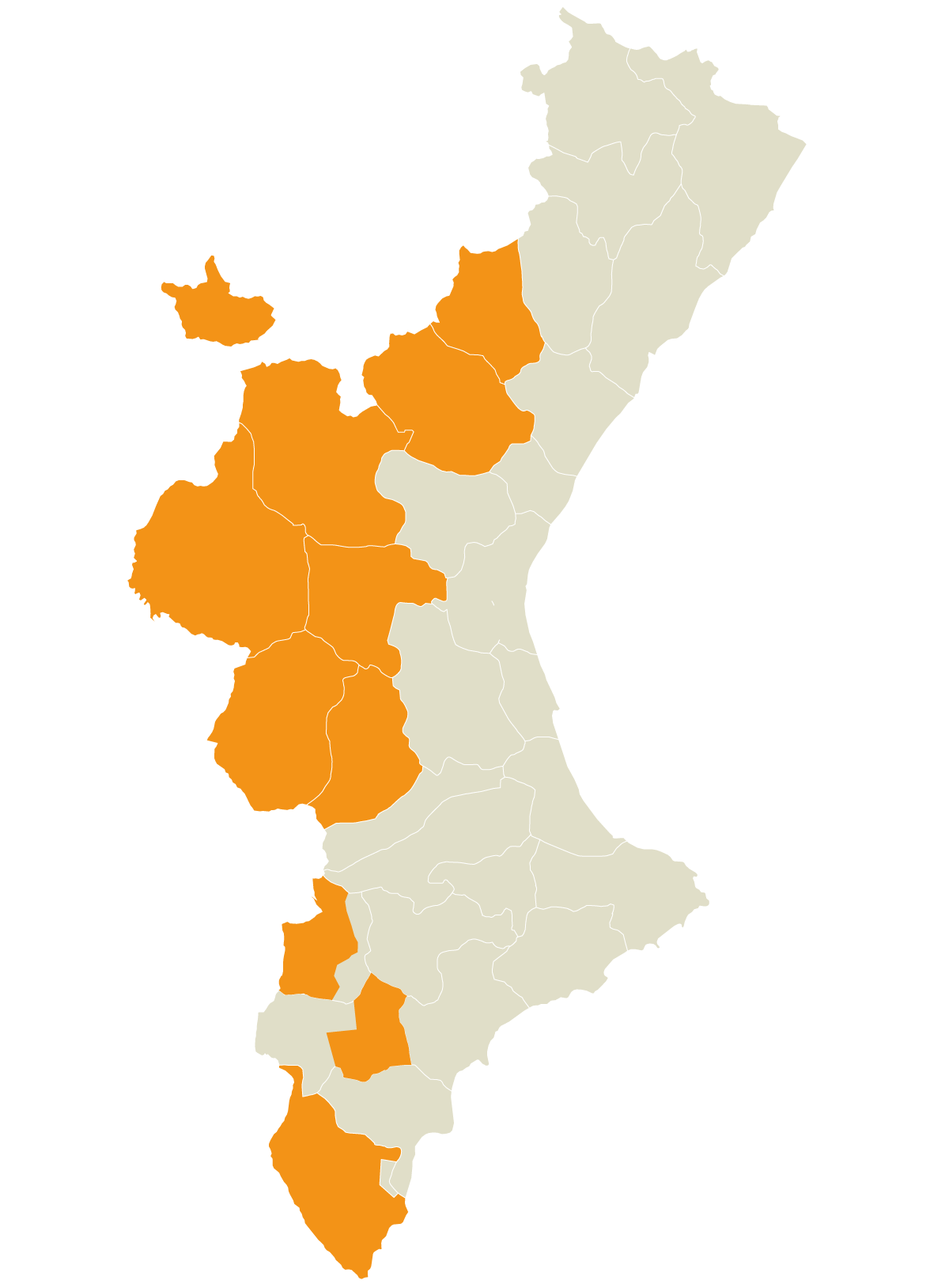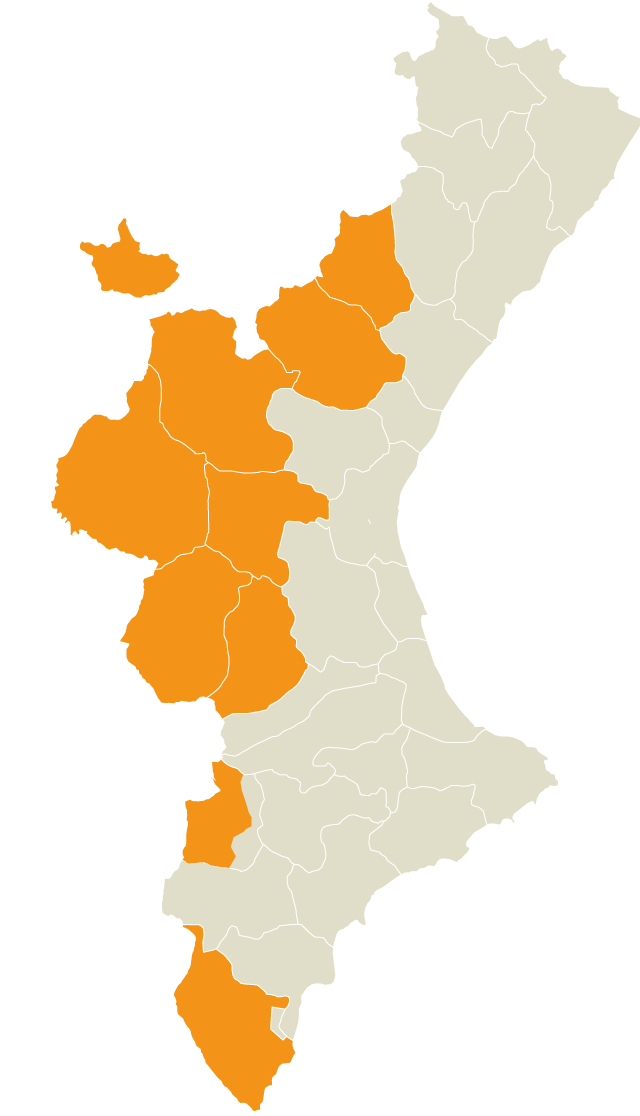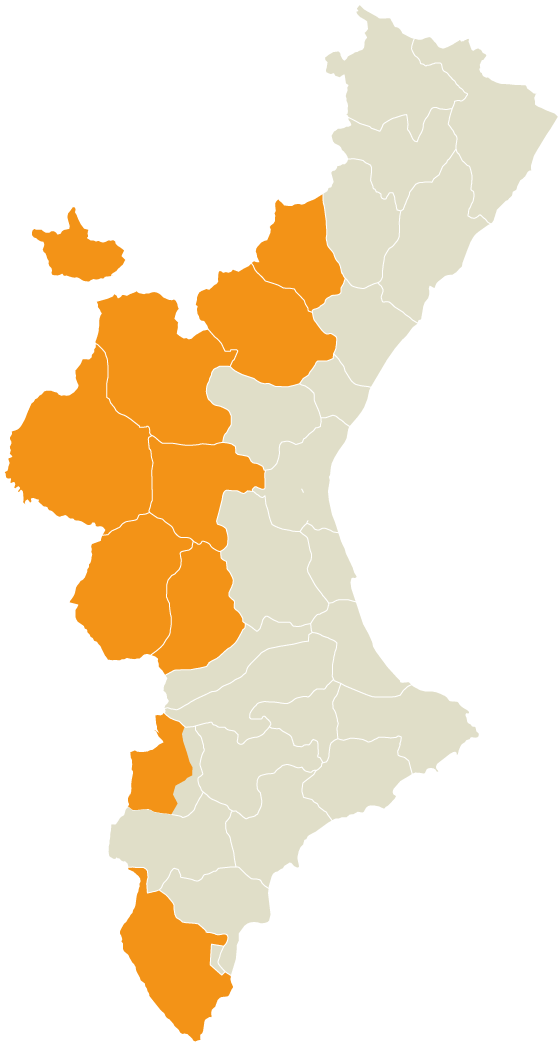Valencian wins by a narrow margin in the consultation on language in classrooms
50.53% of families choose Catalan as their vehicular language compared to 49.47% who choose Spanish

ValenciaValencian's narrow victory in the consultation on the language in classrooms in the whole of the Valencian Country, but a resounding triumph in the regions popularly known as Valencian-speaking. This is the result of the consultation promoted by the Generalitat and which was announced this Thursday by the regional minister for Education, Universities, Culture and Sports, José Antonio Rovira, at a press conference held in Valencia.
According to the data released on Thursday, in the Valencian Community as a whole, 50.53 percent of families have chosen Catalan as the main language of instruction, while Spanish has been the preferred option for 49.47 percent of parents. However, if we look at the Valencian-dominated regions, the victory has been clearer: it has won in 19 of the 25 demarcations – the results provided by the Generalitat have broken down some cities from the regions to which they belong, as is the case of Valencia.
In the Valencian Country as a whole, of the 33 demarcations, Catalan has been the preferred option in 20. Thus, we find that Valencian has clearly won in Castellón regions such as Alt Maestrat (94.71%) and Els Ports (93.20%), and in Alicante (81%). On the contrary, those regions where Castilian has been the majority are Vega Baja –where only 4.75% of families have opted for Valencian–, Plana de Utiel-Requena (7.04%), Valle de Cofrentes (12.8%) or Alt Vinalopó (16.83%). These are four of the eight regions in which the voluntary nature of the study of the subject of Valencian is maintained due to an exemption in force since 1983 that at the time was defined as temporary.
As for the provinces, the district where families chose Valencian the most was Castellón, with 70.50% of the votes, followed by Valencia (57.84%). In last place was Alicante (34.11%). The survey also allows us to observe differences between the main cities. Catalan was chosen by 36.14% of families in Valencia, 40.25% in Elche and 61.90% in Castellón de la Plana. In Alicante, it was chosen by 16.93%. Also noteworthy are the cases of Orihuela, with 1.95%, and Torrevieja with 2.16%. On the other hand, there are Gandia (70.81%) of families who prefer Valencian as a vehicle; Xàtiva (69.46%), and Alcoy (59.66%).
As for levels, the choice of Valencian is reduced as the educational stage progresses. Thus, 53.81% of families chose it in pre-school, 50.68% in primary and 47.10% in secondary. The most negative data of the vote has been the participation, given that 58.61% of families voted, which means that 58.61% of families voted. an abstention of 41.39%.
What has been chosen?
But what exactly have the families of public and private schools chosen? Specifically, they have had to choose the main language of instruction in the classrooms from the next academic year onwards. But, as with everything in the Valencian Community, there are major territorial differences. In 25 of the 33 Valencian regions, in the infant stage the chosen language (Catalan or Castilian) may reach a maximum of 65% of the teaching time, with a minimum of 25% for the other co-official language and 10% for English.
In the case of primary, secondary and high school, English will occupy between 15% and 25%. In these three stages the difference in the use of instruction between Valencian and Castilian must exceed 20% and no language may be used for less than 25%. On the contrary,in the eight regionsWhere historically Catalan has had little presence and where the study of Valencian remains voluntary –alleging a low historical presence–, in the infant stage Valencian and English will occupy 10% of the time, while in primary, secondary and high school Catalan will be optional. On the contrary, English will represent between 15% and 25% of the hours.
Once the results are known, one of the main unknowns left by the consultation is whether the regional ministry will respect the option chosen by the families, taking advantage, in addition, of the fact that almost half of the families have not voted and, therefore, have not shown any preference. The response of the Generalitat this Thursday has been affirmative. This was said by the general director of Linguistic Policy, Ignacio Martínez, who advanced that in those centers where there is a minimum of two classes it will be respected in "almost all". As he acknowledged, the difficulty will arise in smaller centres with only one classroom per level, where the majority option will prevail. In any case, the new model means a reduction in teaching in Valencian compared to the previous multilingual model.
They ask for the resignation of the counselor
The results of the consultation have been celebrated by the entities that promote the use of Catalan, such as Escola Valenciana, which has taken the opportunity to criticise the ministry "for having forced an unnecessary process that is detrimental to educational and social cohesion". For this reason, they have once again called for the resignation of the minister Rovira, "for his inability and ineptitude in managing this matter, as well as for his lack of sensitivity towards the educational community".
Acció Cultural del País Valencià has expressed itself in the same vein, which has also demanded the resignation of the minister and has questioned the process. "If in general or regional elections, carried out with a physical ballot, the results are known immediately, in a telematic consultation that ended on Tuesday at midday they cannot be received almost two days later", they stressed.
Finally, the Families for Valencian platform has emphasised that the results show that "Valencian society values its language despite attempts by the Valencian government to marginalise it". In this sense, they pointed out that these are "the fruit of a historic popular mobilisation lasting several months" which represents a "total amendment to the anti-Valencian policies of the regional ministry".
From Catalonia, the president of Òmnium, Xavier Antich, has stated that with this consultation "Valencian wins and those who want to divide society with the excuse of language lose".
How does the regional ministry intend to respect the will of the families?
To inform families, the Department of Education has given some examples of how it will implement the results:
- If it is a center with only one unit at a level, for example, in 1st grade of primary school: the majority decides the base or majority language of the level. In the event of a tie, the language of the linguistic predominance area will be applied.
- If it is a center with two units in 5th grade of primary school: if one of the two languages exceeds 25% of the votes, each unit would be configured in a co-official language, and if it obtains more than 75% of the votes, both units would be configured in that same language.
- If it is a centre with three units in 2nd year of ESO: if one of the two languages reaches 16.67% of the votes, a unit is set up in that language. If it reaches 50% of the votes, two units are set up in this same language, and if it obtains 83.33% or more of the votes, the three units would be set up with the same base language.
- If it is a centre with four units in 3rd year of ESO: if one of the two languages exceeds 12.5% without exceeding 37.5%, a unit is set up in that language. If it reaches 37.5% and does not exceed 50%, two units are set up in each language, and if it reaches 87.6% or more of the votes, all the units would be set up in the majority language.



